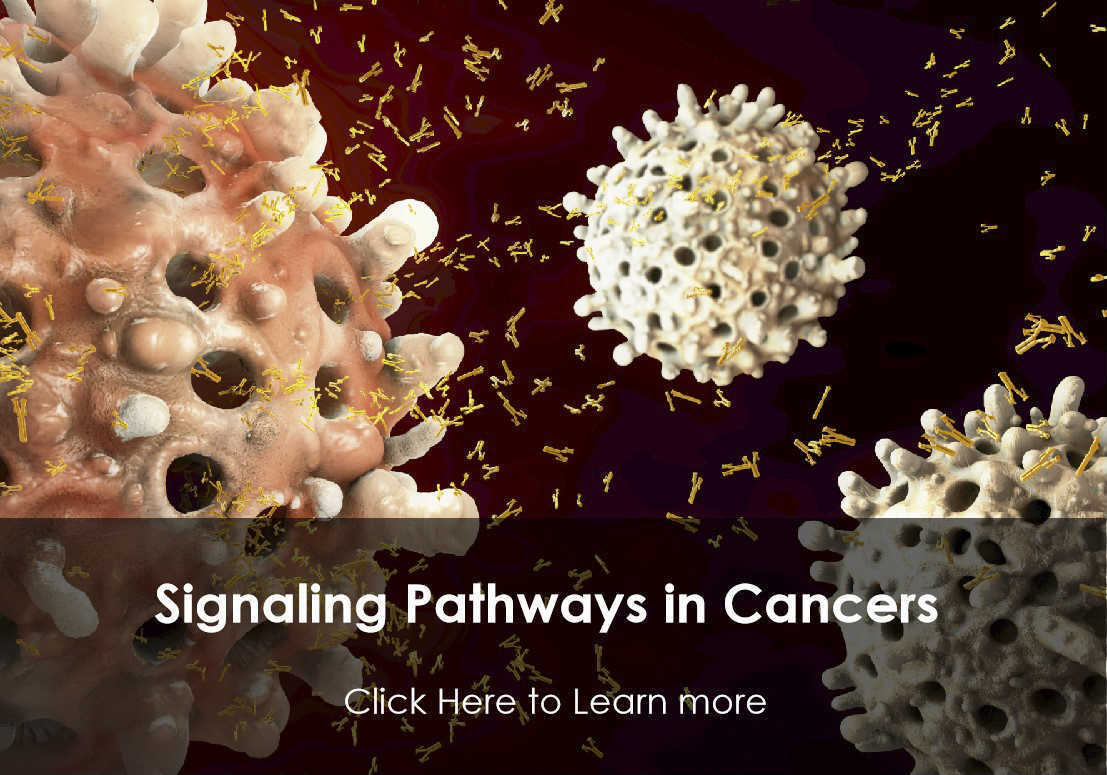DCPS
This gene encodes a member of the histidine triad family of pyrophosphatases that removes short mRNA fragments containing the 5′ mRNA cap structure, which appear in the 3′ → 5′ mRNA decay pathway, following deadenylation and exosome-mediated turnover. This enzyme hydrolyzes the triphosphate linkage of the cap structure (7-methylguanosine nucleoside triphosphate) to yield 7-methylguanosine monophosphate and nucleoside diphosphate. It protects the cell from the potentially toxic accumulation of these short, capped mRNA fragments, and regulates the activity of other cap-binding proteins, which are inhibited by their accumulation. It also acts as a transcript-specific modulator of pre-mRNA splicing and microRNA turnover.
Full Name
decapping enzyme, scavenger
Function
Decapping scavenger enzyme that catalyzes the cleavage of a residual cap structure following the degradation of mRNAs by the 3'->5' exosome-mediated mRNA decay pathway. Hydrolyzes cap analog structures like 7-methylguanosine nucleoside triphosphate (m7GpppG) with up to 10 nucleotide substrates (small capped oligoribonucleotides) and specifically releases 5'-phosphorylated RNA fragments and 7-methylguanosine monophosphate (m7GMP). Cleaves cap analog structures like tri-methyl guanosine nucleoside triphosphate (m3(2,2,7)GpppG) with very poor efficiency. Does not hydrolyze unmethylated cap analog (GpppG) and shows no decapping activity on intact m7GpppG-capped mRNA molecules longer than 25 nucleotides. Does not hydrolyze 7-methylguanosine diphosphate (m7GDP) to m7GMP (PubMed:22985415).
May also play a role in the 5'->3 mRNA decay pathway; m7GDP, the downstream product released by the 5'->3' mRNA mediated decapping activity, may be also converted by DCPS to m7GMP (PubMed:14523240).
Binds to m7GpppG and strongly to m7GDP. Plays a role in first intron splicing of pre-mRNAs. Inhibits activation-induced cell death.
May also play a role in the 5'->3 mRNA decay pathway; m7GDP, the downstream product released by the 5'->3' mRNA mediated decapping activity, may be also converted by DCPS to m7GMP (PubMed:14523240).
Binds to m7GpppG and strongly to m7GDP. Plays a role in first intron splicing of pre-mRNAs. Inhibits activation-induced cell death.
Biological Process
Cellular response to menadione Source: UniProtKB
Deadenylation-dependent decapping of nuclear-transcribed mRNA Source: GO_Central
Exonucleolytic catabolism of deadenylated mRNA Source: Reactome
mRNA cis splicing, via spliceosome Source: UniProtKB
Negative regulation of programmed cell death Source: UniProtKB
Nuclear-transcribed mRNA catabolic process, deadenylation-dependent decay Source: UniProtKB
Deadenylation-dependent decapping of nuclear-transcribed mRNA Source: GO_Central
Exonucleolytic catabolism of deadenylated mRNA Source: Reactome
mRNA cis splicing, via spliceosome Source: UniProtKB
Negative regulation of programmed cell death Source: UniProtKB
Nuclear-transcribed mRNA catabolic process, deadenylation-dependent decay Source: UniProtKB
Cellular Location
Cytoplasm; Nucleus. Predominantly localized in the nucleus. Nucleocytoplasmic shuttling protein that can transiently enter the cytoplasm in mammalian cells in a XPO1/CRM1-dependent manner.
Involvement in disease
Al-Raqad syndrome (ARS):
A syndrome characterized by delayed psychomotor development, moderate to severe intellectual disability, poor or absent speech, microcephaly, congenital hypotonia, and severe growth delay.
A syndrome characterized by delayed psychomotor development, moderate to severe intellectual disability, poor or absent speech, microcephaly, congenital hypotonia, and severe growth delay.
View more
Anti-DCPS antibodies
+ Filters
 Loading...
Loading...
Target: DCPS
Host: Mouse
Antibody Isotype: IgG2a, κ
Specificity: Human
Clone: 3E5
Application*: E, P, WB
Target: DCPS
Host: Mouse
Antibody Isotype: IgG2b, κ
Specificity: Human, Rat
Clone: 1G4
Application*: E, IF, P, WB
Target: DCPS
Host: Mouse
Antibody Isotype: IgG1
Specificity: Human, Mouse, Rat
Clone: 4H8
Application*: WB, IH
Target: DCPS
Host: Mouse
Antibody Isotype: IgG1, κ
Specificity: Human, Mouse, Rat
Clone: 1E6
Application*: WB, IP, IF, E
More Infomation
Hot products 
-
Rabbit Anti-AP2M1 (Phosphorylated T156) Recombinant Antibody (D4F3) (PTM-CBMAB-0610LY)

-
Mouse Anti-DLL4 Recombinant Antibody (D1090) (CBMAB-D1090-YC)

-
Mouse Anti-APOE Recombinant Antibody (A1) (CBMAB-0078CQ)

-
Mouse Anti-BRD3 Recombinant Antibody (CBYY-0801) (CBMAB-0804-YY)

-
Mouse Anti-EIF4G1 Recombinant Antibody (2A9) (CBMAB-A2544-LY)

-
Mouse Anti-DISP2 Monoclonal Antibody (F66A4B1) (CBMAB-1112CQ)

-
Mouse Anti-ENPP1 Recombinant Antibody (CBFYE-0159) (CBMAB-E0375-FY)

-
Mouse Anti-AQP2 Recombinant Antibody (E-2) (CBMAB-A3358-YC)

-
Mouse Anti-ATP1B3 Recombinant Antibody (1E9) (CBMAB-A4021-YC)

-
Mouse Anti-CD33 Recombinant Antibody (6C5/2) (CBMAB-C8126-LY)

-
Rabbit Anti-ABL1 (Phosphorylated Y245) Recombinant Antibody (V2-505716) (PTM-CBMAB-0465LY)

-
Rat Anti-(1-5)-α-L-Arabinan Recombinant Antibody (V2-501861) (CBMAB-XB0003-YC)

-
Mouse Anti-BCL2L1 Recombinant Antibody (H5) (CBMAB-1025CQ)

-
Mouse Anti-BCL6 Recombinant Antibody (CBYY-0435) (CBMAB-0437-YY)

-
Mouse Anti-AMH Recombinant Antibody (5/6) (CBMAB-A2527-YC)

-
Mouse Anti-ACLY Recombinant Antibody (V2-179314) (CBMAB-A0610-YC)

-
Mouse Anti-CD19 Recombinant Antibody (CBXC-1224) (CBMAB-C1491-CQ)

-
Rabbit Anti-ADRA1A Recombinant Antibody (V2-12532) (CBMAB-1022-CN)

-
Mouse Anti-ENO1 Recombinant Antibody (CBYC-A950) (CBMAB-A4388-YC)

-
Mouse Anti-B2M Recombinant Antibody (CBYY-0050) (CBMAB-0050-YY)

For Research Use Only. Not For Clinical Use.
(P): Predicted
* Abbreviations
- AActivation
- AGAgonist
- APApoptosis
- BBlocking
- BABioassay
- BIBioimaging
- CImmunohistochemistry-Frozen Sections
- CIChromatin Immunoprecipitation
- CTCytotoxicity
- CSCostimulation
- DDepletion
- DBDot Blot
- EELISA
- ECELISA(Cap)
- EDELISA(Det)
- ESELISpot
- EMElectron Microscopy
- FFlow Cytometry
- FNFunction Assay
- GSGel Supershift
- IInhibition
- IAEnzyme Immunoassay
- ICImmunocytochemistry
- IDImmunodiffusion
- IEImmunoelectrophoresis
- IFImmunofluorescence
- IGImmunochromatography
- IHImmunohistochemistry
- IMImmunomicroscopy
- IOImmunoassay
- IPImmunoprecipitation
- ISIntracellular Staining for Flow Cytometry
- LALuminex Assay
- LFLateral Flow Immunoassay
- MMicroarray
- MCMass Cytometry/CyTOF
- MDMeDIP
- MSElectrophoretic Mobility Shift Assay
- NNeutralization
- PImmunohistologyp-Paraffin Sections
- PAPeptide Array
- PEPeptide ELISA
- PLProximity Ligation Assay
- RRadioimmunoassay
- SStimulation
- SESandwich ELISA
- SHIn situ hybridization
- TCTissue Culture
- WBWestern Blot

Online Inquiry





